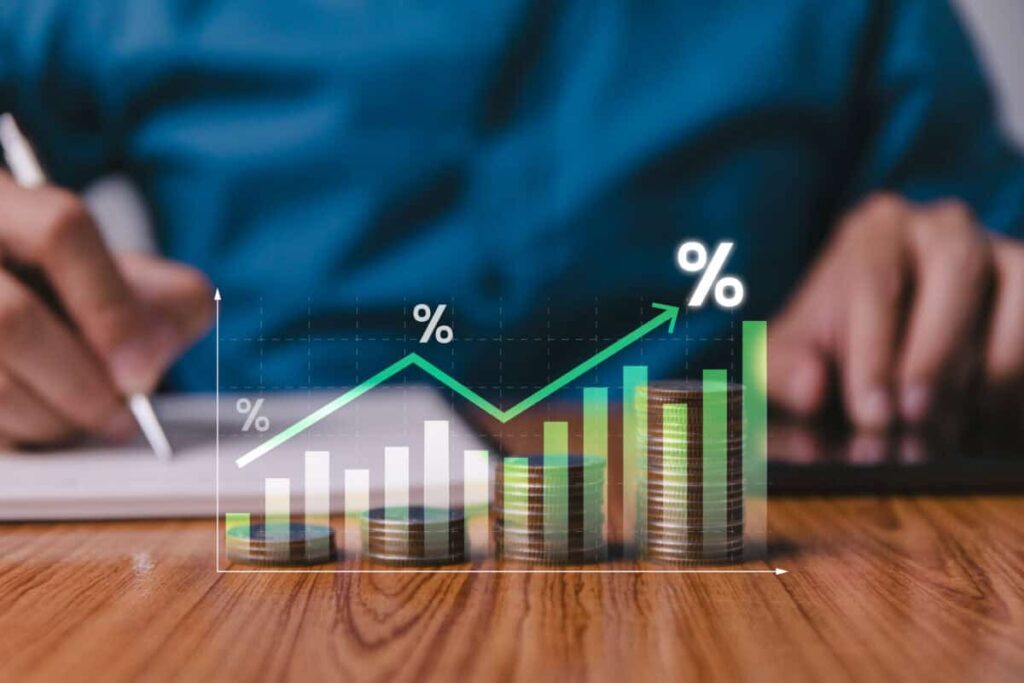Fiera Capital (TSX: FSZ) is a name that doesn’t always pop to the top of most dividend investor lists, but with a double-digit yield, it’s definitely getting some attention. In a world where guaranteed returns are modest and market uncertainty is everywhere, a dividend yield over 13% tends to turn heads. The real question is: can it last? And more importantly, is now the right time to scoop it up?
The numbers
Let’s start with the facts. As of writing, Fiera stock trades around $6.50 and pays a quarterly dividend of $0.216 per share. That adds up to an annual payout of $0.864, which puts the current yield at a juicy 13.3% at writing. For investors focused on generating income, that’s hard to ignore. But dividend investing isn’t just about chasing high yields. It’s about finding dependable income. And with Fiera stock, it’s a bit of a mixed bag.
In its latest earnings release for the full year 2024, Fiera reported revenue of $688.6 million, just slightly ahead of the $686.6 million it brought in the previous year. So far, so steady. But that’s where the comfort ends. Adjusted earnings before interest, taxes, depreciation and amortization (EBITDA) fell to $195.8 million from $205.9 million in 2023, and net earnings attributable to shareholders dropped to just $25 million. That’s less than half of the $58.5 million it earned in the prior year.
Performance fees took a hit, particularly from the EMEA region, and higher admin costs didn’t help either. There were also some foreign exchange revaluation losses weighing on earnings. The result? A payout ratio, based on net income, that sits uncomfortably high at 374%. That means the company is paying out far more in dividends than it actually earns in profits.
Considerations
Now, before hitting the panic button, it’s worth digging a little deeper. Dividend coverage isn’t just about reported net income. What matters just as much, if not more, is whether a company’s cash flow can support its dividend. And here’s where Fiera stock has a bit more going for it. The cash payout ratio is significantly more reasonable. So, while on paper it looks unsustainable, in practice it’s being covered by the cash the company is generating, at least for now.
There are some bright spots too. Fiera’s assets under management grew from $161.7 billion to $167.1 billion by the end of 2024. That’s a decent bump, especially considering market volatility. Most of the increase came from market impacts and favourable exchange rates, even though net organic growth in public markets was negative. The firm is also expanding its footprint globally and has a mix of institutional and retail clients, which helps spread out risk.
Still, there’s no getting around the fact that the business is under pressure. Performance fees are an important driver of earnings, and those can swing based on markets and fund results. Costs are rising, and the asset management space is more competitive than ever. That’s why some investors might look at the yield and wonder if it’s more of a warning sign than an opportunity.
Bottom line
Now if you’re the kind of investor who can handle some short-term chop for the possibility of strong income, Fiera stock might still have a place in your portfolio. It’s not the kind of dividend stock you buy and forget about. It’s one you keep an eye on. Monitor those earnings reports. Watch what management is saying about capital allocation and profitability. If you see signs that earnings are recovering or costs are coming under control, that big dividend might start to look a lot more comfortable.
In the meantime, the yield alone could help pad returns while the stock finds its footing. Just remember, big yields often come with strings attached. The risk is higher, and there’s always the possibility of a dividend cut if things go sideways.
So, is Fiera stock a buy for its dividend? If you’re looking for reliable income from a rock-solid company with no surprises, probably not. But if you’re okay with some risk and want to collect big cheques while you wait for a turnaround, it might be worth a second look. Just don’t put all your eggs, or your retirement, into this one basket.

